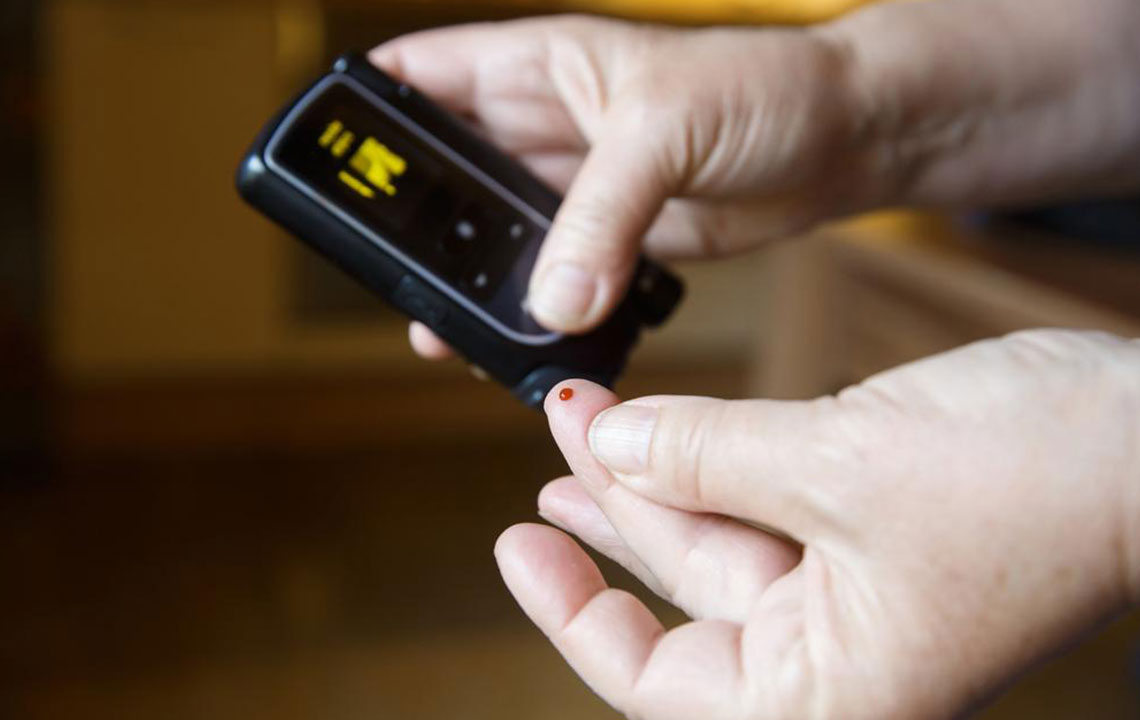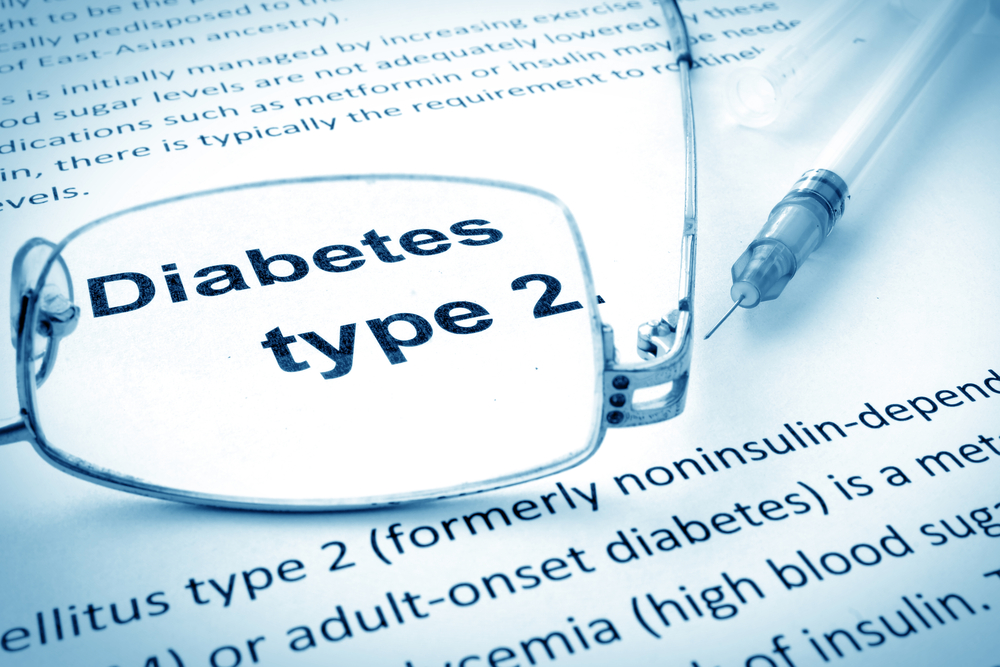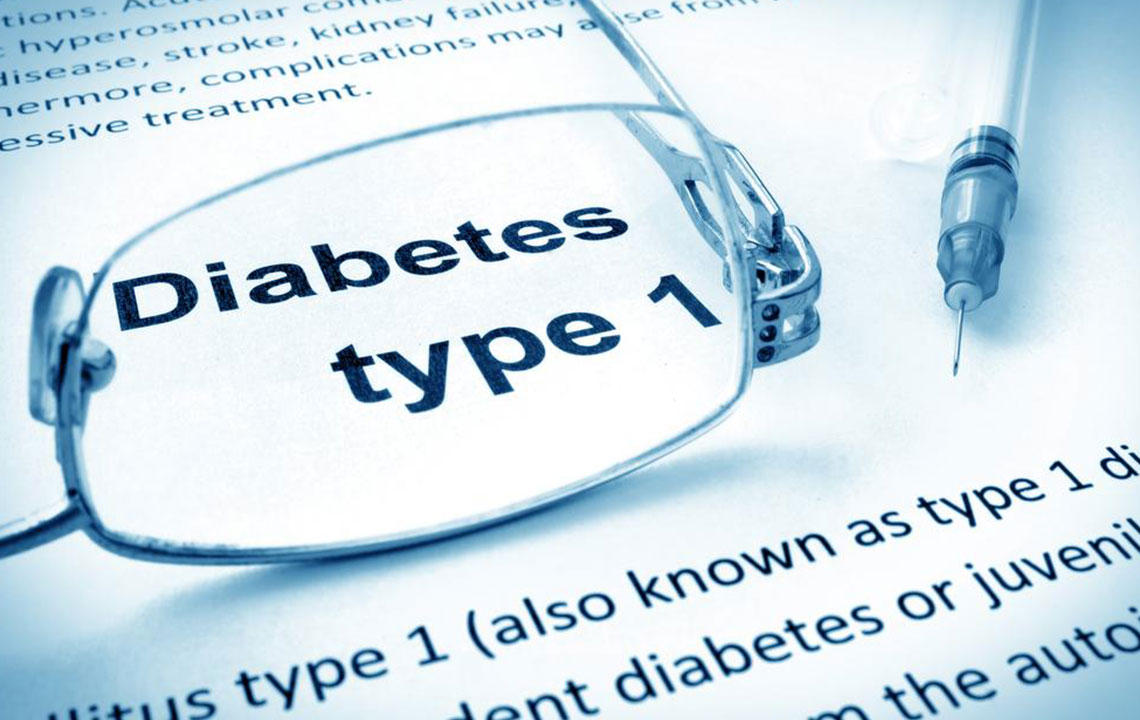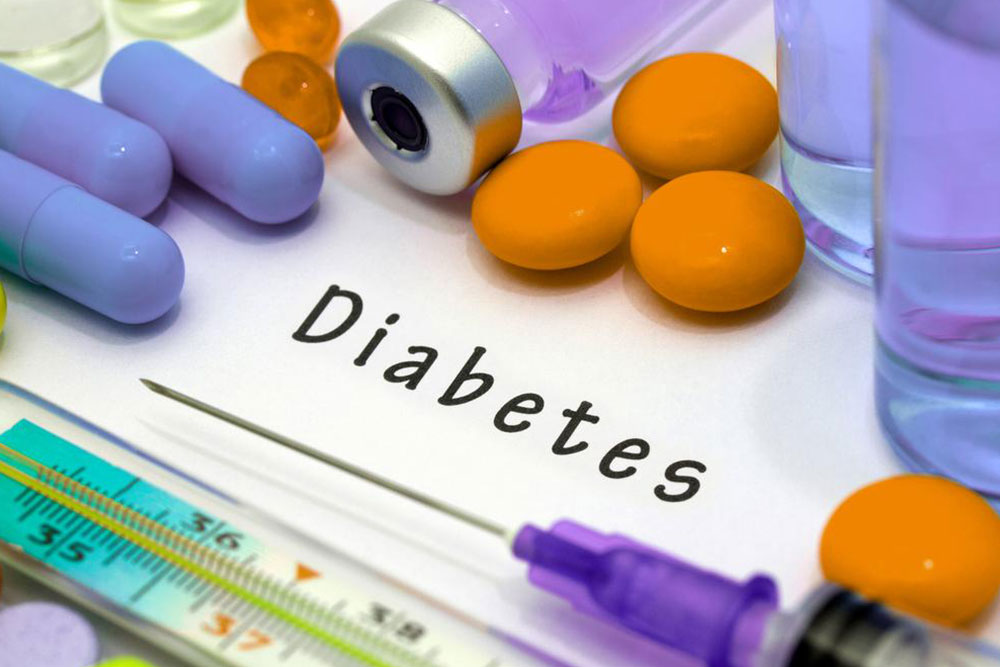Understanding and Managing Type 1 Diabetes
This article explains the causes, symptoms, and treatment options for Type 1 Diabetes. It details how autoimmune destruction of pancreatic cells leads to insulin dependence, highlights key symptoms like frequent urination and weight loss, and discusses insulin therapy strategies. Emphasizing the importance of proper injection techniques and storage, it aims to inform readers about managing this lifelong condition effectively.
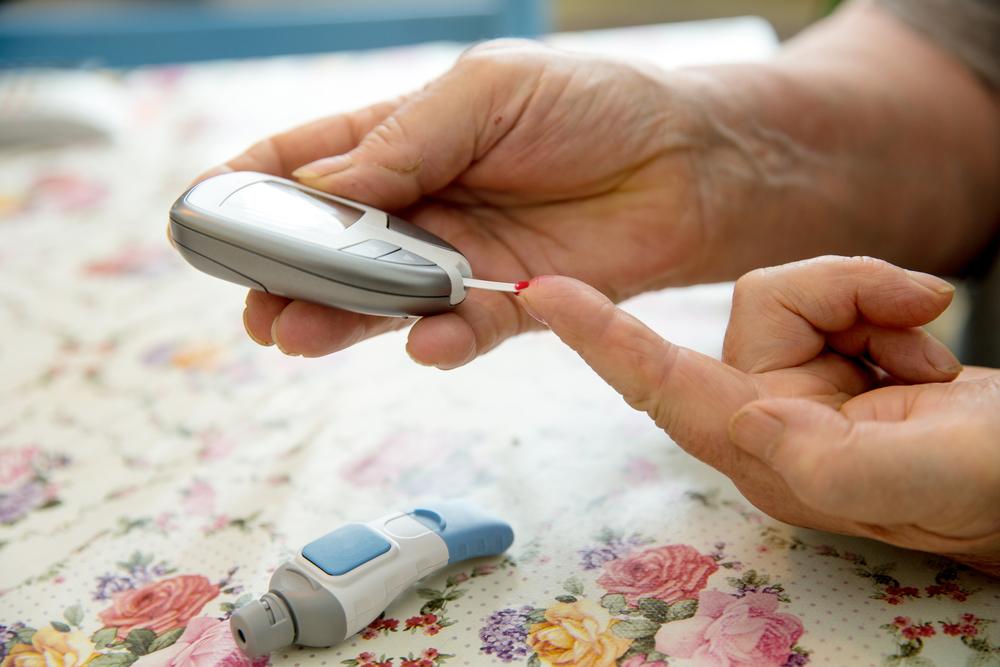
Type 1 Diabetes is a rare autoimmune condition affecting 5-10% of diabetic patients, usually diagnosed before age 30. It occurs when the immune system mistakenly destroys insulin-producing beta cells in the pancreas, leading to lifelong insulin dependence. The precise cause remains unknown, but genetic and environmental factors may trigger the process, resulting in antibody formation that targets beta cells. Prior to full diabetes onset, individuals experience pre-diabetes, marked by abnormal antibodies and declining insulin production. Symptoms include frequent urination, unexplained weight loss, extreme thirst, hunger, blurred vision, and infections. Treatment primarily involves lifelong insulin therapy, with dosages personalized based on individual needs. Administered via injections, insulin is tailored into basal and bolus schedules to regulate blood glucose. Proper injection sites and storage practices are crucial, with common sites being the abdomen and thighs. Side effects may include hypoglycemia, weight gain, and skin issues at injection sites. Consult healthcare professionals for personalized management plans.

